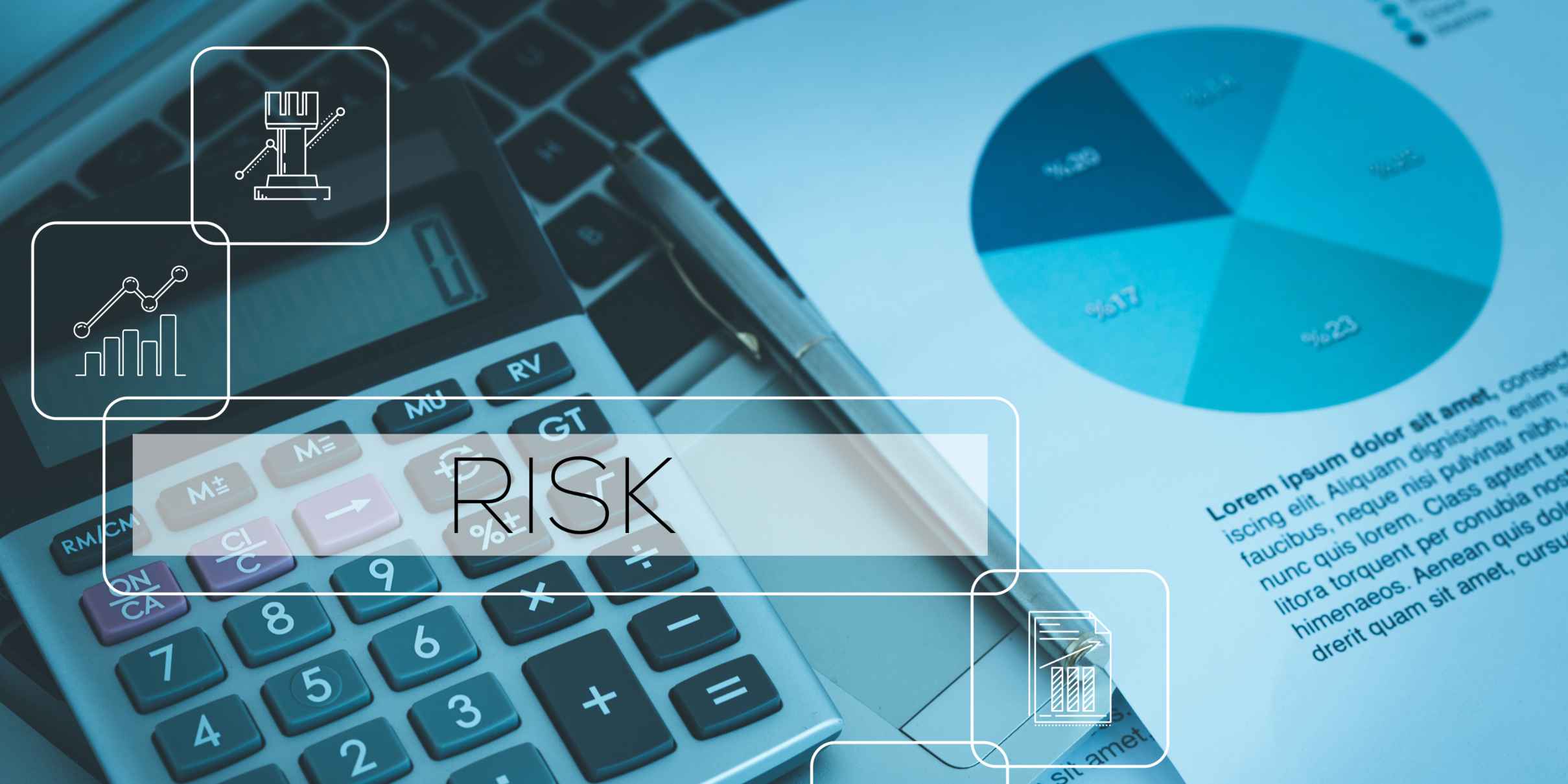A comprehensive vendor due diligence process should include systematic evaluation of third-party financial stability, security controls, compliance certifications, operational capabilities, and business continuity plans. The process begins with collecting essential documentation, performing risk assessments based on the vendor's criticality, and establishing ongoing monitoring procedures. To be effective, vendor due diligence must validate security practices, data protection protocols, and regulatory compliance status while ensuring contractual terms align with your organisation's risk appetite and regulatory requirements.
Understanding vendor due diligence fundamentals
Vendor due diligence is a structured investigation process that helps organisations evaluate potential third-party providers before establishing business relationships. It serves as a protective mechanism to identify and mitigate risks associated with outsourcing services or procuring products from external vendors.
At its core, vendor due diligence aims to verify that potential partners operate with integrity, comply with relevant regulations, and maintain sufficient operational and financial stability. This process is particularly important in regulated industries where third-party relationships can introduce significant compliance and security risks.
Effective vendor due diligence requires cross-functional involvement, typically including procurement, legal, information security, compliance, and business units. By establishing a consistent methodology for assessing vendors, organisations can make informed decisions based on standardised risk criteria rather than subjective preferences.
The scope and depth of vendor due diligence should be proportionate to the criticality of the service and the sensitivity of data or systems involved. A risk-based approach allows organisations to allocate resources effectively, applying greater scrutiny to high-risk relationships while maintaining appropriate oversight for lower-risk vendors.
What information should you collect during vendor due diligence?
During vendor due diligence, you should collect comprehensive documentation that provides insights into the vendor's operations, financial health, security posture, and compliance status. This information forms the foundation for evidence-based evaluation of third-party risk.
Essential documentation to collect includes:
- Financial statements and reports (audited when available) to assess stability
- Compliance certifications relevant to your industry (ISO 27001, SOC 2, GDPR attestations)
- Security policies, procedures, and recent assessment results
- Business continuity and disaster recovery plans
- Insurance certificates showing appropriate coverage types and limits
- Corporate information including ownership structure and location of operations
- References from existing clients, particularly those in similar industries
- Contract templates and service level agreements
- Documentation of subcontractor relationships and fourth-party risk management
Beyond collecting documents, request completion of a standardised vendor assessment questionnaire tailored to your industry requirements. This questionnaire should address operational capabilities, compliance with specific regulations, and security controls relevant to the services being provided.
For technology vendors, additional technical documentation may be necessary, including system architecture diagrams, data flow maps, and technical specifications. These documents help evaluate compatibility with your existing infrastructure and security requirements.
How do you assess vendor security and data protection measures?
Assessing vendor security and data protection measures requires a systematic approach that evaluates both technical controls and governance frameworks. Begin by reviewing the vendor's information security management system (ISMS) and how it addresses your specific data protection requirements. Key assessment methods include:
- Reviewing security certifications (ISO 27001, SOC 2) and validation of their scope
- Evaluating privacy compliance documentation, including data processing agreements
- Assessing security incident response capabilities and breach notification procedures
- Reviewing access control frameworks and user privilege management
- Validating encryption standards for data at rest and in transit
- Examining network security architecture and endpoint protection measures
- Reviewing vulnerability management processes and penetration testing results
For critical vendors, consider conducting on-site assessments or remote technical testing to verify security controls are operating effectively. Review the vendor's track record regarding security incidents and their transparency in disclosing and addressing vulnerabilities.
Evaluate the vendor's employee security awareness programme and how they manage insider threats. Also assess their third-party risk management practices, as their suppliers (your fourth parties) can introduce additional risk to your organisation.
For vendors handling personal data, verify compliance with relevant privacy regulations (GDPR, etc.) and ensure they have appropriate data processing agreements, data protection impact assessments, and mechanisms for handling data subject rights.
What risk assessment criteria should be included in vendor evaluations?
Vendor evaluations should include comprehensive risk assessment criteria that cover multiple dimensions of third-party risk. Effective criteria provide a holistic risk profile that enables consistent evaluation across different vendors and service types.
Key risk assessment criteria include:
- Financial stability - liquidity ratios, profitability trends, credit ratings
- Operational resilience - business continuity capabilities, redundancy measures
- Information security - control frameworks, incident history, vulnerability management
- Compliance posture - regulatory adherence, certification status, compliance history
- Geographic considerations - country risk, political stability, legal frameworks
- Service delivery capabilities - capacity, performance metrics, scalability
- Strategic alignment - business viability, roadmap compatibility, innovation potential
- Concentration risk - dependency level, availability of alternatives
- Reputational factors - public perception, ethical practices, corporate responsibility
Each criterion should be weighted according to its relevance for the specific vendor relationship. For example, information security would carry higher weight for a cloud service provider than for an office supplies vendor.
Develop consistent rating scales (such as low/medium/high or numeric scores) for each criterion to enable objective comparison between vendors. Document the rationale behind each rating to support defensible decision-making and maintain assessment consistency.
The overall risk score should determine the appropriate level of ongoing monitoring and control requirements that will be embedded in contractual terms. Higher-risk vendors will require more frequent reviews and stronger contractual protections.
How often should you review existing vendor relationships?
Existing vendor relationships should be reviewed according to a risk-based schedule that aligns monitoring frequency with the vendor's risk profile. This tiered approach ensures appropriate oversight without creating unnecessary administrative burden.
Recommended review frequencies include:
- High-risk vendors: Comprehensive reviews every 6-12 months
- Medium-risk vendors: Full reviews annually with quarterly performance checks
- Low-risk vendors: Full reviews every 12-24 month
Beyond scheduled reviews, specific trigger events should prompt additional assessments. These include significant changes in vendor ownership, major security incidents, substantial service changes, or regulatory developments affecting the vendor's operations.
Ongoing monitoring should include tracking of service level agreement performance, security alerts, financial stability indicators, and compliance status. Automated monitoring tools can help identify early warning signs that might require intervention before the next scheduled review.
For critical vendors, consider establishing joint governance committees that meet quarterly to discuss performance, risks, and strategic alignment. These regular touchpoints provide opportunities to address emerging issues before they escalate into significant problems.
The depth of periodic reviews should vary based on risk level. High-risk relationships might require refreshed security assessments, updated certifications, and on-site visits, while lower-risk vendors might only need confirmation that key documentation remains current.
How can you streamline the vendor due diligence process?
Streamlining vendor due diligence involves implementing efficient methodologies and leveraging technology to reduce manual effort while maintaining thorough risk assessment. The goal is to create a scalable framework that delivers consistent results without unnecessary administrative burden.
Effective streamlining approaches include:
- Implementing tiered assessment frameworks that adjust questionnaire depth based on vendor risk classification
- Developing standardised templates and questionnaires for different vendor categories
- Accepting industry-standard certifications (ISO 27001, SOC 2) in lieu of custom security questionnaires
- Participating in shared assessment programmes like FSQS that provide pre-validated vendor information
- Automating workflows for questionnaire distribution, response collection, and approvals
- Centralising vendor documentation in a secure repository with automatic expiration notifications
- Using integrated GRC platforms to connect vendor assessments with broader risk management process
Cross-functional collaboration is essential for efficient due diligence. Establish clear roles and responsibilities between procurement, compliance, security, and business units to prevent duplicative efforts and contradictory requirements.
Consider implementing a "assess once, use many times" approach where vendor assessments can be leveraged across multiple business units that use the same vendor. This prevents vendors from receiving multiple questionnaires from different parts of your organisation.
Technology solutions can significantly improve efficiency by automating questionnaire distribution, tracking responses, calculating risk scores, and triggering approval workflows. These platforms also provide centralised visibility across the vendor portfolio, helping identify concentration risks and opportunities for consolidation.
Key takeaways for effective vendor due diligence
Effective vendor due diligence creates a structured foundation for managing third-party relationships and protecting your organisation from external risks. The most successful programmes maintain a balance between thoroughness and efficiency, focusing resources on areas of greatest risk.
Best practices for vendor due diligence include:
- Adopting a risk-based approach that adjusts assessment depth to vendor criticality
- Establishing clear ownership and cross-functional collaboration
- Standardising evaluation criteria to ensure consistent assessment
- Integrating due diligence with broader risk management and compliance programmes
- Implementing technology solutions to automate manual processes
- Maintaining ongoing monitoring rather than point-in-time assessments
- Documenting assessment results and decisions for audit and regulatory purpose
Organisations should view vendor due diligence not merely as a compliance exercise but as a strategic risk management function that protects operations, reputation, and customer trust. When done well, due diligence helps build resilient supply chains and service delivery networks.
Implementing a comprehensive vendor risk management programme becomes significantly more efficient with purpose-built technology. We at Cerrix understand the challenges of managing third-party risk across complex supplier networks. Our GRC software centralises vendor information, automates assessments, and provides real-time visibility into your entire third-party ecosystem, helping transform vendor due diligence from a periodic checkbox activity to an integrated part of your risk management strategy. For more information about how we can help with your vendor management needs, request a demo today.
DORA Compliance Isn’t Just a Deadline: Build The Foundation for Your Long-Term Resilience
Accessible popup
Welcome to Finsweet's accessible modal component for Webflow Libraries. This modal uses custom code to open and close. It is accessible through custom attributes and custom JavaScript added in the embed block of the component. If you're interested in how this is built, check out the Attributes documentation page for this modal component.


.jpg)
%20(1).jpg)
.jpg)
.jpg)
.jpg)
.jpg)
%20(1).jpg)
.jpg)
%20(1).jpg)
.jpg)
.jpg)

.jpg)
.jpg)





.jpg)

%20(2).jpg)















%20(1)%20(2).jpg)





.jpg)

.png)
.jpg)






%20(1).avif)



